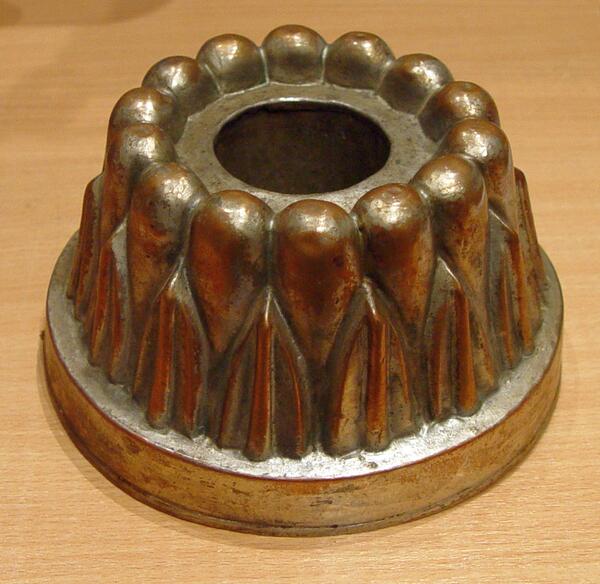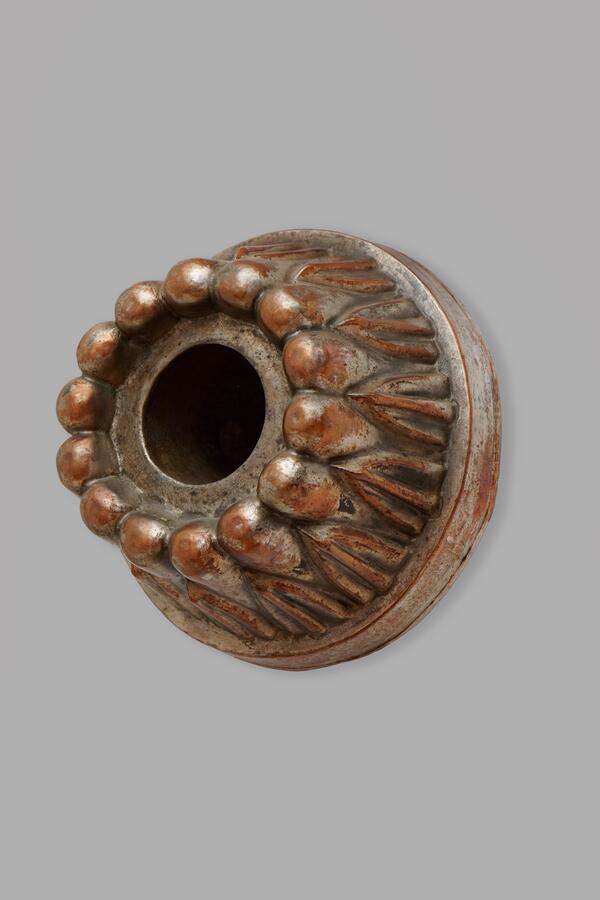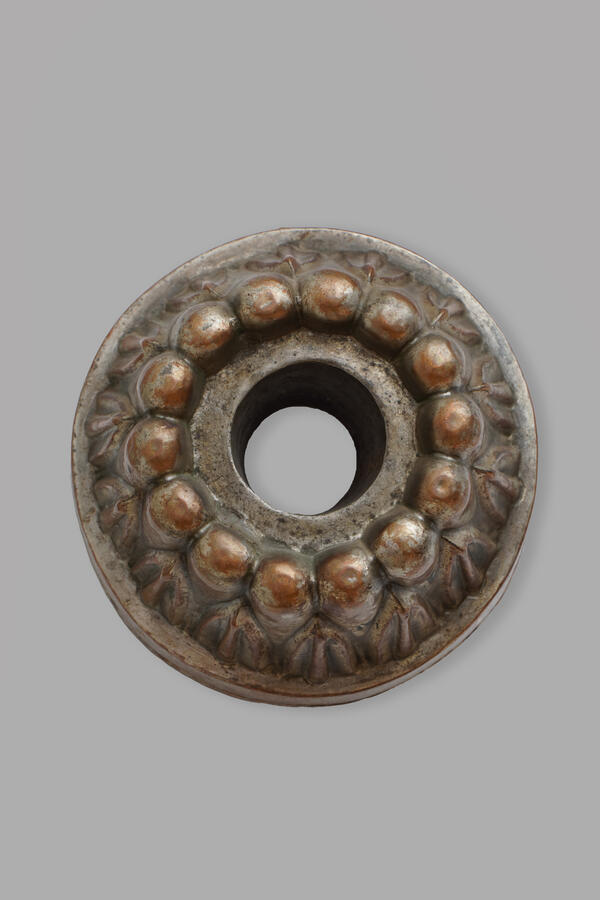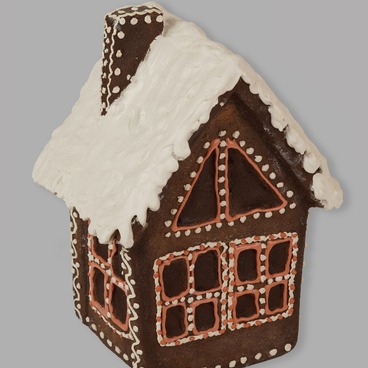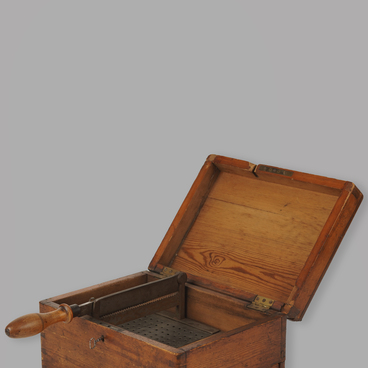The first baking molds were… edible. To obtain them, the fairly firm dough was brewed with boiling water and fat. The bottom and walls were made separately, then they were connected, the mold was stuffed with filling (usually it was something nutritive like meat), covered with a dough lid and put in the oven. During the meal, the lid was removed and the filling was eaten. Travelers especially appreciated this “packaging”: after all, it was possible to eat it with the main dish — the filling.
During the Renaissance, there was a demand for sophisticated, complex dishes, including pastries and desserts, and the concept of haute cuisine was born. According to the requirements of etiquette, the food on the table had to be not only tasty, but also beautifully decorated, and the chefs had to combine the talents of culinary specialists and artists. Among the nobility, it became fashionable to take personal chefs and confectioners with them on trips, in which the cooks learned new foreign recipes and acquired useful skills. Gradually, the need for new kitchen utensils and better cooking appliances arose.
Two centuries passed, and pies that began to appear at the banquet were more reminiscent of elaborate sculptural compositions or wood carvings. The invention of cake pans with a removable bottom opened a new page in the history of cooking. It became possible to bake pies of different sizes and forms, with all kinds of decorations.
In the culinary encyclopedias of the 18th century, special shaped baking molds began to appear, and a century later — molds for large cakes with festive decor, for aspic and jelly.
At first, copper and brass were used to make molds. When these metals come into contact with milk, butter, and lactic fermenting products, toxic oxides are formed. To prevent them from getting into food, the inner surface of the molds was covered with a layer of tin and the integrity of the coating was carefully watched. Such forms were highly valued and were an important part of the dowry.
In the 19th century, factory-made molds began to be manufactured from a variety of materials: faience and ceramics, porcelain and tin, and metal molds were coated with enamel. Most of these molds were suitable for both baking and desserts. In addition, they became widely available, and now people of different incomes could afford delicious treats.
During the Renaissance, there was a demand for sophisticated, complex dishes, including pastries and desserts, and the concept of haute cuisine was born. According to the requirements of etiquette, the food on the table had to be not only tasty, but also beautifully decorated, and the chefs had to combine the talents of culinary specialists and artists. Among the nobility, it became fashionable to take personal chefs and confectioners with them on trips, in which the cooks learned new foreign recipes and acquired useful skills. Gradually, the need for new kitchen utensils and better cooking appliances arose.
Two centuries passed, and pies that began to appear at the banquet were more reminiscent of elaborate sculptural compositions or wood carvings. The invention of cake pans with a removable bottom opened a new page in the history of cooking. It became possible to bake pies of different sizes and forms, with all kinds of decorations.
In the culinary encyclopedias of the 18th century, special shaped baking molds began to appear, and a century later — molds for large cakes with festive decor, for aspic and jelly.
At first, copper and brass were used to make molds. When these metals come into contact with milk, butter, and lactic fermenting products, toxic oxides are formed. To prevent them from getting into food, the inner surface of the molds was covered with a layer of tin and the integrity of the coating was carefully watched. Such forms were highly valued and were an important part of the dowry.
In the 19th century, factory-made molds began to be manufactured from a variety of materials: faience and ceramics, porcelain and tin, and metal molds were coated with enamel. Most of these molds were suitable for both baking and desserts. In addition, they became widely available, and now people of different incomes could afford delicious treats.

